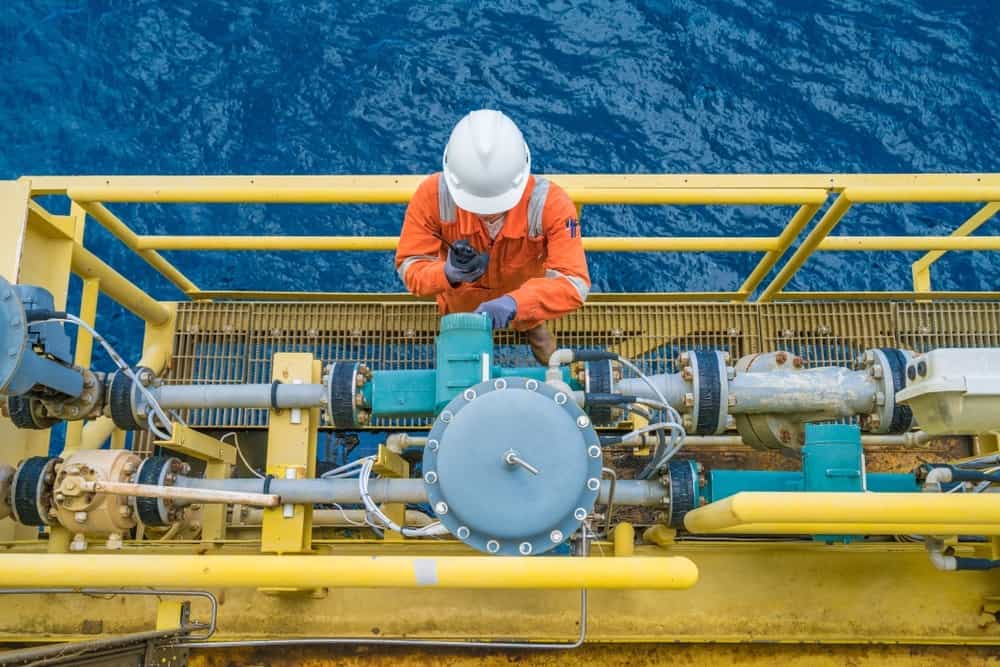
Share this article
Share this article
The oil and gas industry is facing back to back crises following the plunge in demand brought on by the Covid-19 crisis, and worsened by the 2020 price war between the Organization of Petroleum Exporting Countries and its allies (OPEC+). As a result, oil prices have reportedly fallen a disastrous 59% since the beginning of the year. In early April, OPEC+ held a series of bilateral talks. These resulted in an unprecedented deal to cut 9.7 million barrels of oil per day in an effort to lift oil prices.
To restore growth during this crisis period, the industry can focus on key areas to improve efficiency and cut costs. In particular, the challenges to achieve effective communication in remote or offshore workspaces have long been costly for the industry. However, by reflecting on the difficulties faced, the industry can better assess how to progress towards a more profitable future.
In the early 20th century, radio telecommunications used morse code to send information to workers at offshore locations, particularly in marine industry communications. Then, with the discovery of using satellites to transmit radio signals at the speed of light, radio communications became widespread. As advancements were made, walkie talkies became popular. They have long been viewed as reliable and essential devices in offshore and remote environments.
However, these archaic tools are not sophisticated enough for workers to solve technical issues with increasingly digitalised and complex machinery. While two-way radios or satellite phones with push-to-talk communication may facilitate basic communication, collaboration is limited. If there are any connectivity issues between these devices, interlocutors will experience garbled sounds and the loss of all contact.
These communication barriers to operating and maintaining the plurality of machines are exacerbated by the high turnover of field technicians. A high turnover means there are many inexperienced technicians working on these complex machines without a mastery over the field-specific jargon. Between not knowing this industrial vocabulary and poor communication methods, field technicians are not empowered to properly solve issues.

These devices are similarly unhelpful for expanding teams as they are not scalable. While dealing with complicated machines, technicians often need to consult specialised teams. They may need to be routed to various experts, or collaborate with multiple teams to solve a problem. As time is wasted transferring and redirecting calls, it can lead to an exploitation breakdown— a plausible result when collaboration is limited to basic voice communications.
The oil and gas industry is falling behind when it comes to integrating new technologies. 94% of executives acknowledge that the connected industrial workforce is fundamental to their business strategy, yet only 22% have implemented such measures into their agenda. Tackling increasingly complex issues requires innovative solutions and taking action, not simply the recognition that changes should be made.
New communications solutions can similarly benefit companies in the face of maintenance difficulties and emergencies. Current worksites depend largely on satellite links to maintain communications, and each link can cost upwards of USD $200,000 annually. Maintaining connectivity is critical to both everyday operations and quick reactions to operational emergencies. Machine downtime is unsuitably expensive. Refineries report that a half day of pump downtime can incur up to USD $500,000 in lost potential revenue.
It is similarly costly when issues arise in exploration and production. Companies typically send specialised experts onsite by helicopter to restore the normal working capacity at the worksite. Helicopter or surfer displacements, however, incur costly transportation expenses as well as the loss of revenue combined with increased pressure to fix the inoperative machines.
Beyond the monetary costs, limiting these travel displacements reduces emotional costs by decreasing the number of accidents during the trips. These essential safety considerations should be central to the development of internal communication strategies. The price of employee safety and wellbeing is an important determinant for whether or not buyers are willing to support certain companies.
In order to ensure the revival of the industry, companies need to perform self-audits of their business processes and procedures. Within these reflections they need to address the barriers to productive and efficient communications. There is a wide range of emerging innovations for remote communications technology. Therefore, companies can easily find solutions that better serve their communication needs and enhance technician safety. This represents a huge emotional value for all collaborators to consider. By empowering field technicians to communicate more efficiently with experts, they will acquire knowledge more quickly. As a result, worker safety will increase, and offshore displacements and machine breakdowns will decrease.
Free E-book available now!